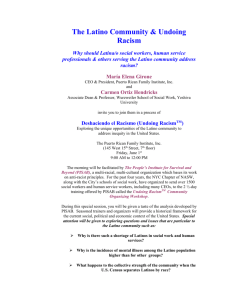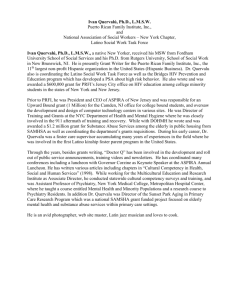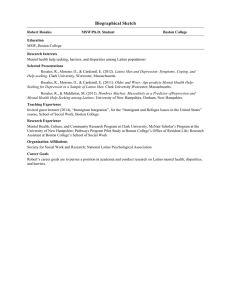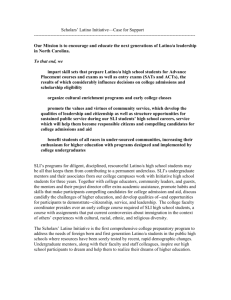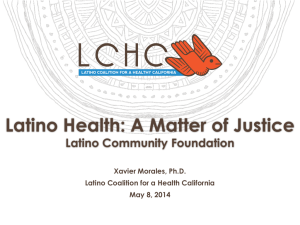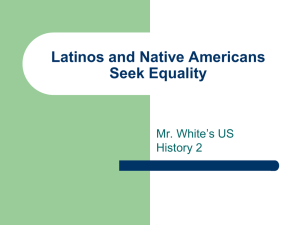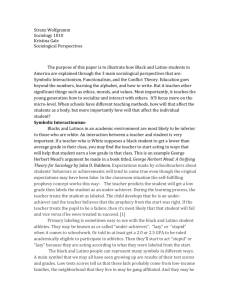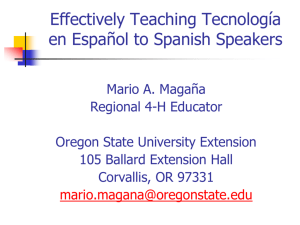The Boston Busing Desegregation Crisis and the Latino Community
advertisement
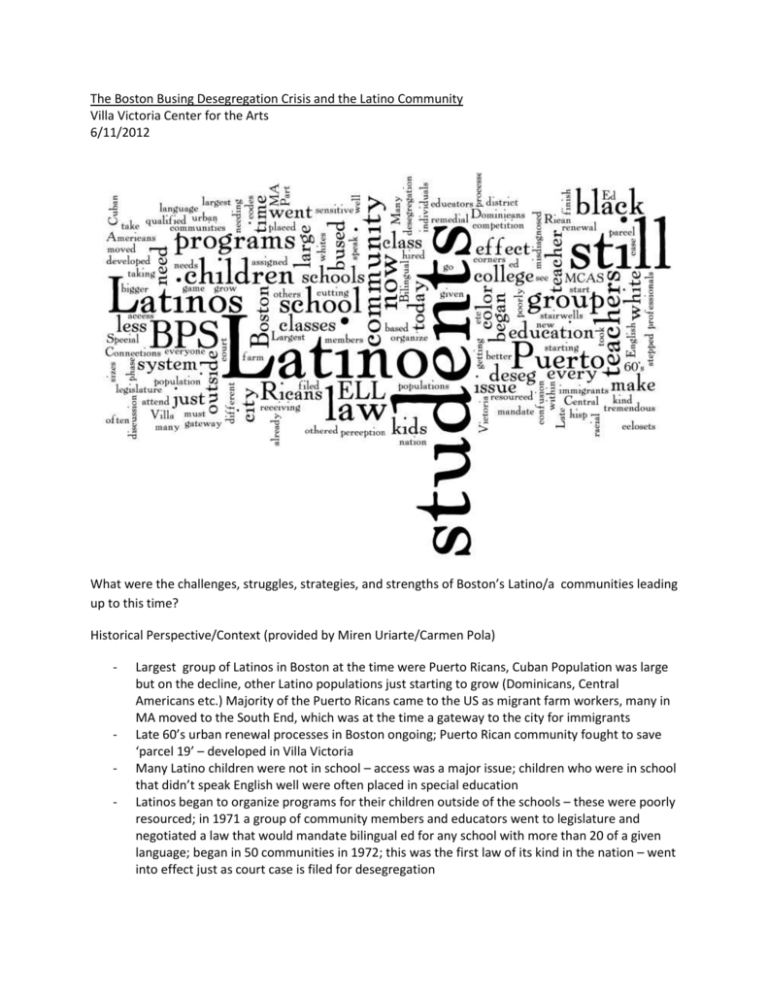
The Boston Busing Desegregation Crisis and the Latino Community Villa Victoria Center for the Arts 6/11/2012 What were the challenges, struggles, strategies, and strengths of Boston’s Latino/a communities leading up to this time? Historical Perspective/Context (provided by Miren Uriarte/Carmen Pola) - - Largest group of Latinos in Boston at the time were Puerto Ricans, Cuban Population was large but on the decline, other Latino populations just starting to grow (Dominicans, Central Americans etc.) Majority of the Puerto Ricans came to the US as migrant farm workers, many in MA moved to the South End, which was at the time a gateway to the city for immigrants Late 60’s urban renewal processes in Boston ongoing; Puerto Rican community fought to save ‘parcel 19’ – developed in Villa Victoria Many Latino children were not in school – access was a major issue; children who were in school that didn’t speak English well were often placed in special education Latinos began to organize programs for their children outside of the schools – these were poorly resourced; in 1971 a group of community members and educators went to legislature and negotiated a law that would mandate bilingual ed for any school with more than 20 of a given language; began in 50 communities in 1972; this was the first law of its kind in the nation – went into effect just as court case is filed for desegregation - - Latino students were already being bused to go to programs – that were now there, but parents were still fighting to make them better – large class sizes, classes in cclosets, stairwells When phase 1 took effect there was tremendous confusion- new population didn’t know racial codes of city – Latino students were assigned based on skin color – sometimes kids in same family would be designated as black and white Part of deseg was increased teachers of color in the schools – more black and Latino professionals hired Connections to today: - - Latinos in the district now – 41% of students (largest group), whites 13%; for every 1 hispanic teacher 50 students, for every 1 white teacher 5 students; less than 10% teachers hisp, less than 25% teachers black (still in violation of deseg law); 70% of latino students who attend college from BPS take remedial classes – passing MCAS but not succeeding; over 50% of BPS kids who start college don’t finish; ELL program has been cutting corners, DOJ stepped in – students not receiving appropriate education from qualified individuals and the system is still not in compliance ELL students today are still misdiagnosed as needing Special Ed Issues of race and class still an issue outside of and within the Latino community; there was a discussion of how Latinos have been ‘othered’ then and now Today – Bilingual law overturned in 2002; Latino students bused around for different programs – system not sensitive to their needs We still see funding in the BPS as a zero-sum game – if ELLs are getting what they need there is a perception it must be taking away from others, we need to make the pie bigger for everyone, not be in competition

